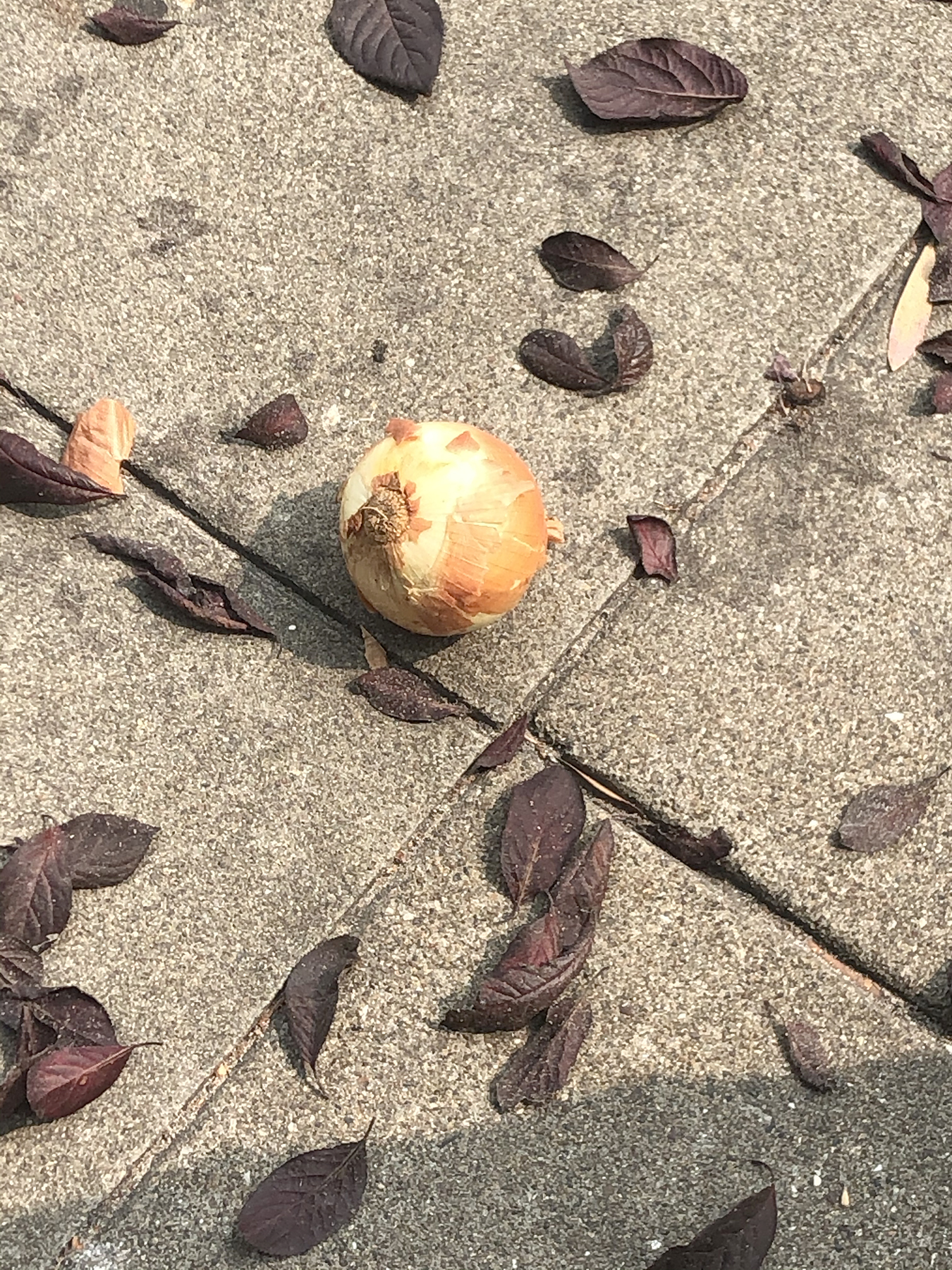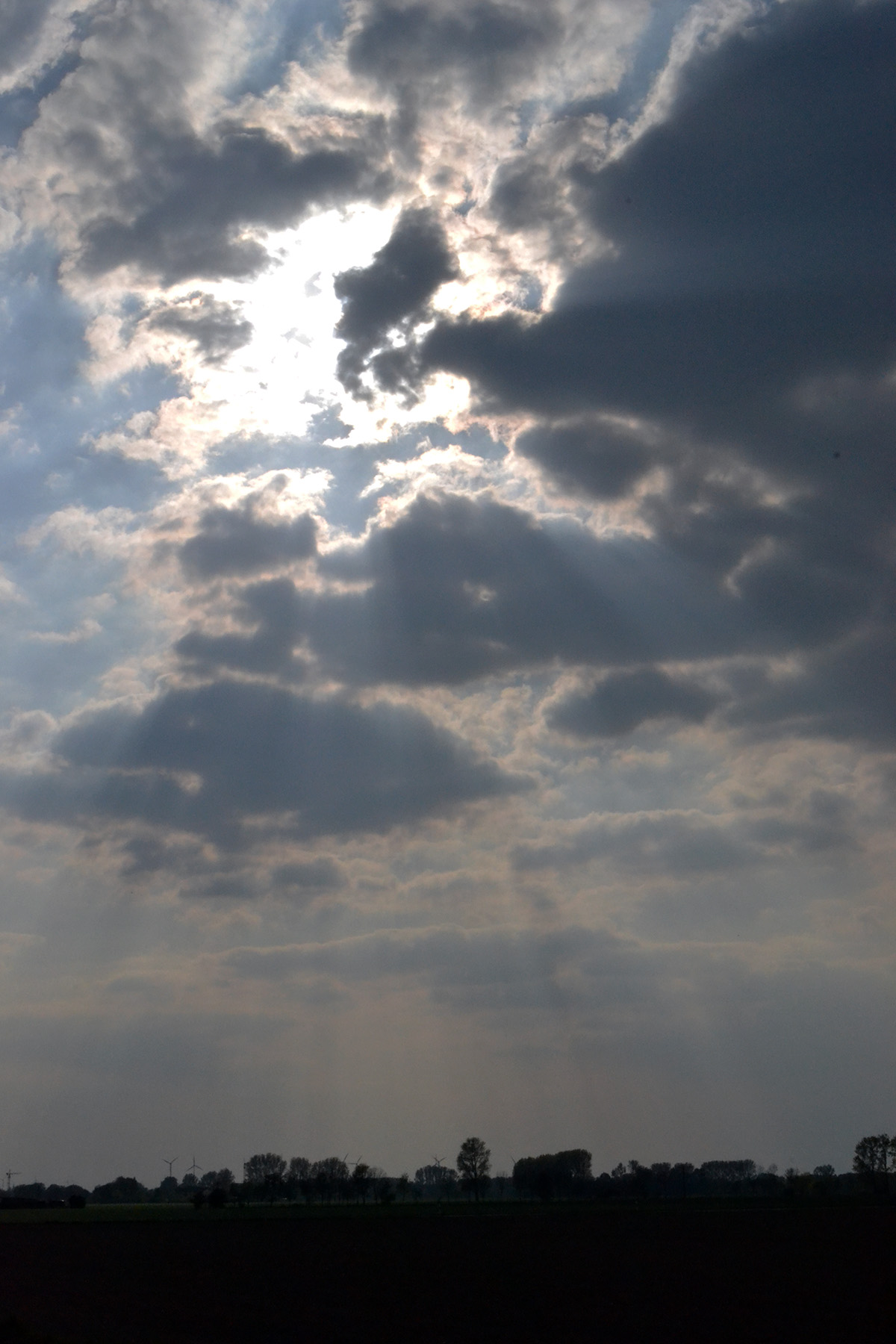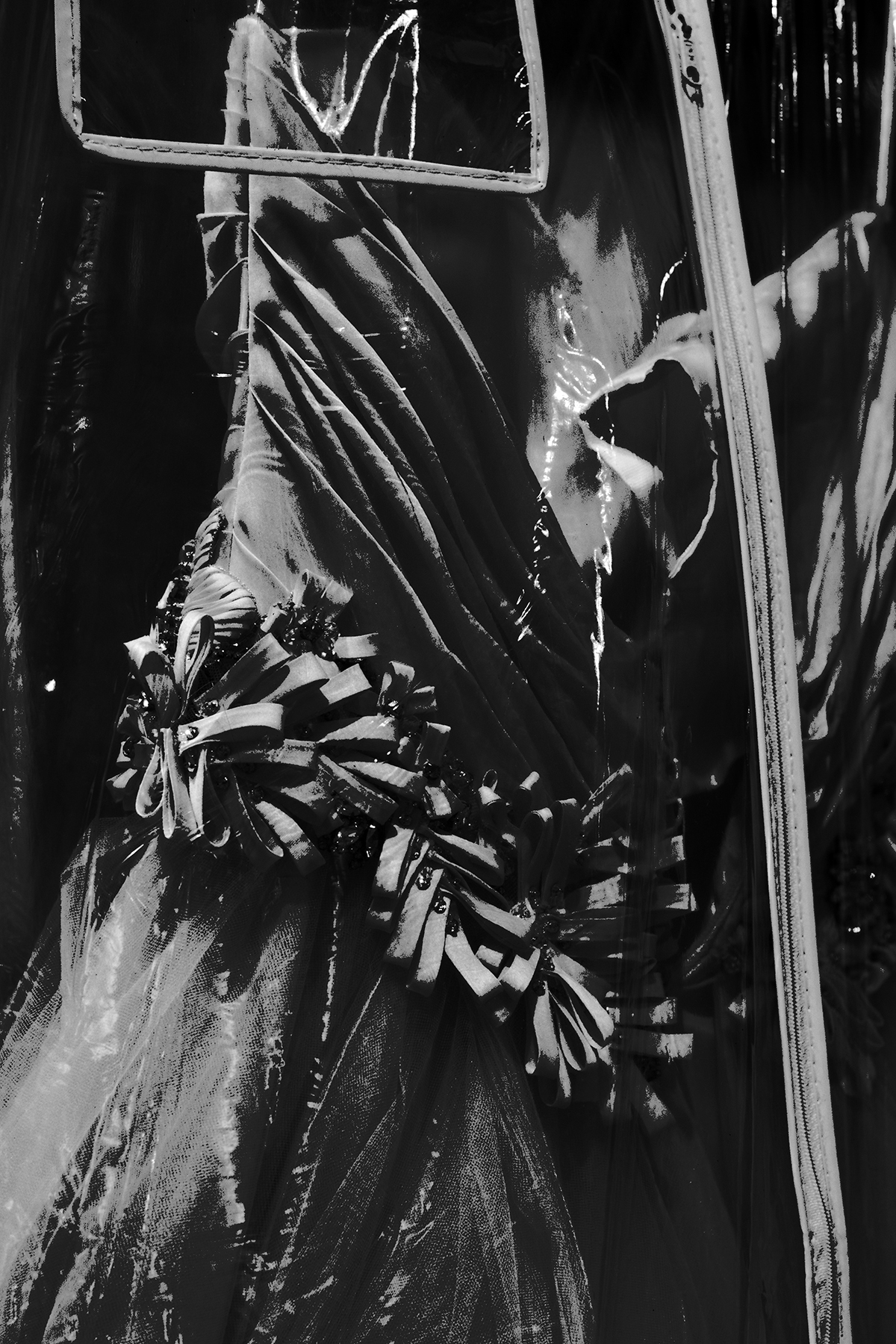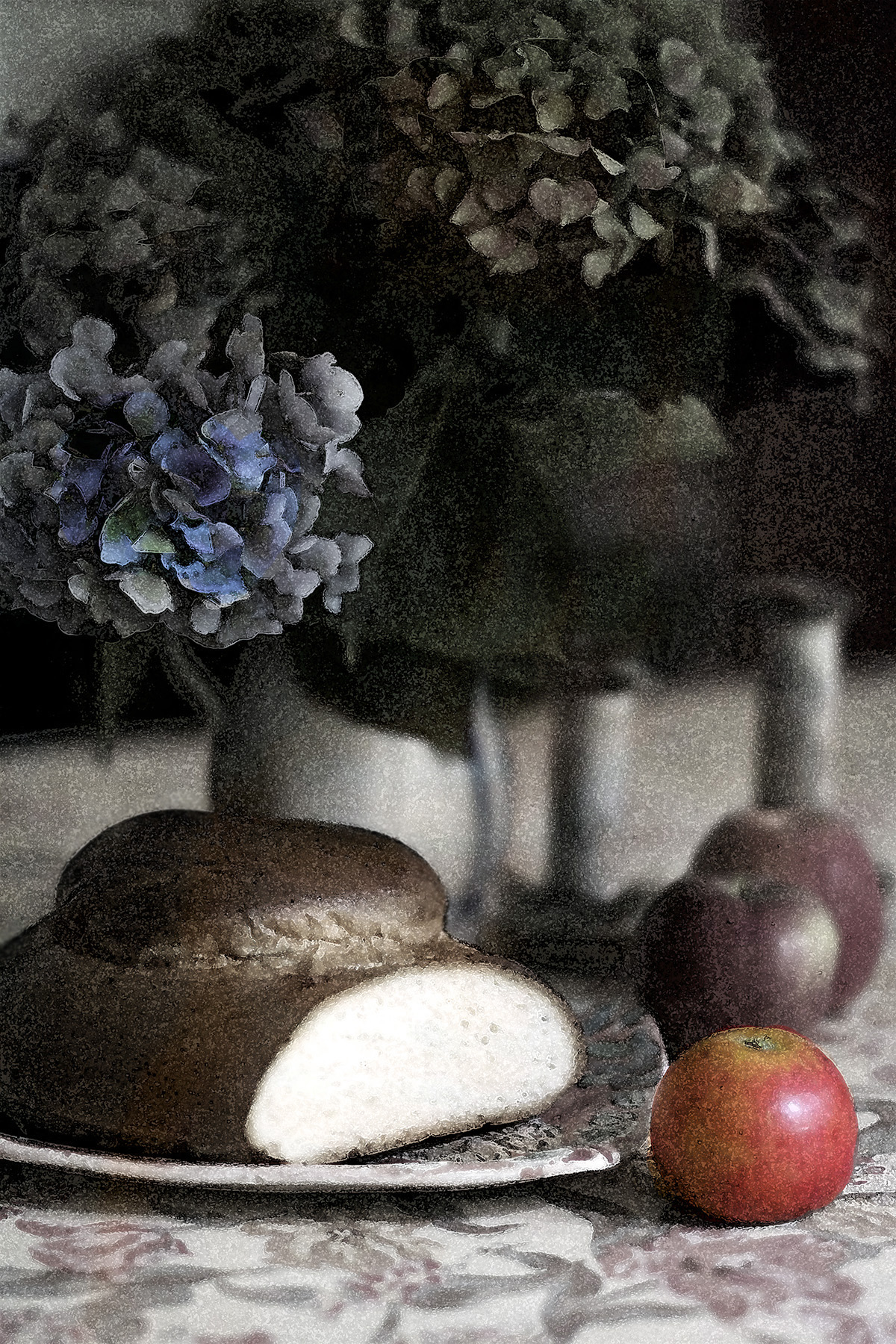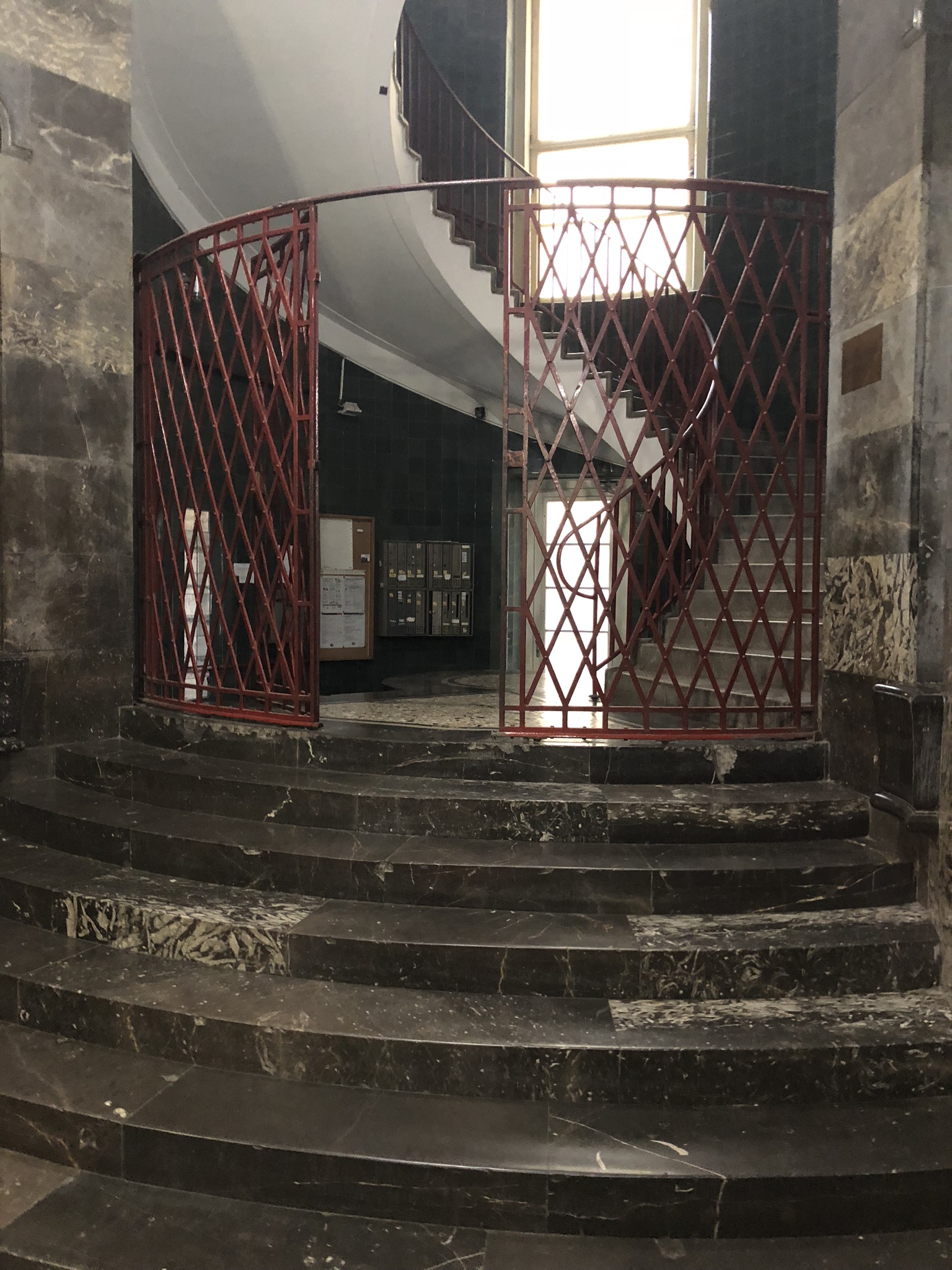Yesterday we observed Yom Kippur, a day that always strikes a strange balance between finality and renewal. The end and the beginning of a circle. Much to be pondered, between the call for atonement and the tenet that on this day your fate is sealed for the next year. What happened to the promise that if you try harder, things might change? If the outcome is preordained on this day, why try at all? Can your honest remorse move the outcome, just a little bit?

These are, of course, the naive questions of someone not particularly educated in the interpretations of Judaic commands, but they are questions any person should ask themselves in general. What is the relationship between redemption and effort? How do you motivate yourself to be and do good, regardless of reward that might or might not be dangled in front of you? Why do different religions take such different views of predestination – some as fatalistic as Calvinism, where everything is believed to be immutably preordained?

How do you function if there is no hope for forgiveness or change, no acknowledgment of agency? Is there a connection to the attempts of many religions that appease you with promises for a better time in the after life or during the next one? A successful attempt to square the circle?
I can’t provide satisfactory answers. I can, however, show you why circles were on my mind to begin with.

The recently opened basketball arena for the Golden State Warriors, Chase Center, is a singularly unimaginative building (at least from the outside,) in my opinion a squandered opportunity to build something new and exciting in a marvelous location overlooking the bay, for $500 million no less. Many longtime residents also felt that constructing a new arena for the Warriors is a manifestation of the phenomenon of gentrification. Additionally, many who supported the Warriors throughout their years at Oracle Arena feel betrayed by the team’s decision to relocate to San Francisco. There is also the issue of public costs associated with the new arena, both in San Francisco and Oakland. Or so Wikipedia tells me.

In front of the entrance are huge mirrors, art work by olafur eliasson which consists of five fifteen-and-a-half-feet-tall polished hydro-formed steel spheres that stand in a circle around a central space. Seeing Spheres (2019) double and redouble the reflections around them, making the space look larger than it is and drawing the Instagram crowd and other photographers, your’s truly included.

Associations to Paul Klee’s work with circles were one of the things that came to mind when I looked at myself in those circles with their conic sections, looking not a day under 90 when the skies were colored by fire, aging like the person in his 1922 portrait Senecio (BaldGreis.) The title is believed to refer to a medicinal plant Senecio Vulgaris, also known as Old Man in the Spring, and is also a pun in German, literally translated along the lines of soon to be senile.


The painter has not only done wonders with wit, circles, squares and lines, echoes of which I saw all around me when staring into the Eliasson spheres. He has also left us with a map to understanding the strategies, methods and insights leading to his creative output – his notebooks (Bildnerische Form- und Gestaltungslehre) document 10 years of lectures at the Weimar Bauhaus. They are available in their completeness with transcriptions, drawings and references here (not sure if translated into English, though.)


Now where can we find an equally detailed and instructive map for figuring out how to lead a morally and ethically sound life in the Jewish year 5781 without being inscribed for an immutable outcome? Or any old year?


Music today is an homage to Klee, a concert with pieces that show parallels between his visual art and music. Some educational talk in-between, but worth listening to the pieces!

